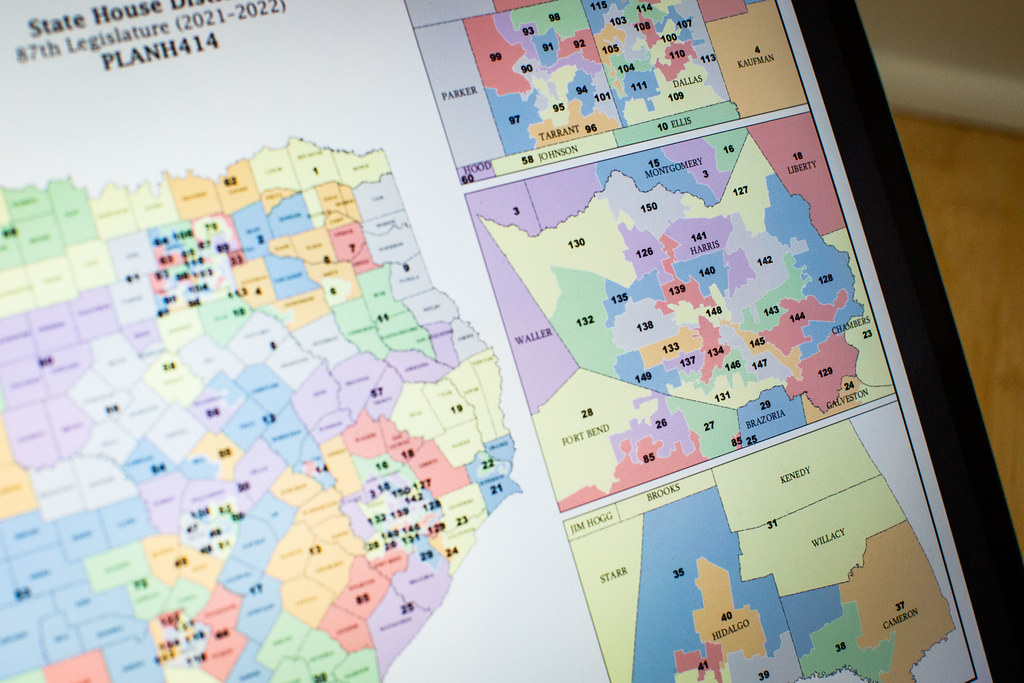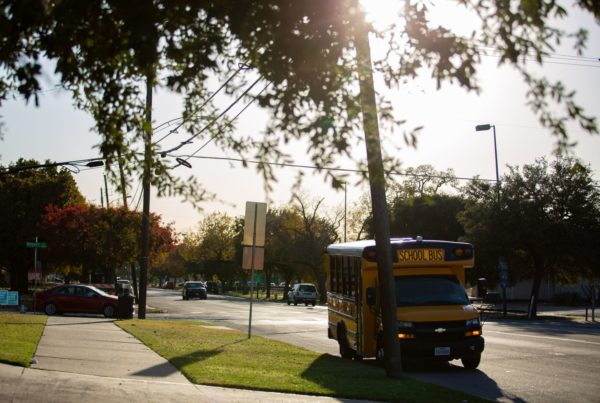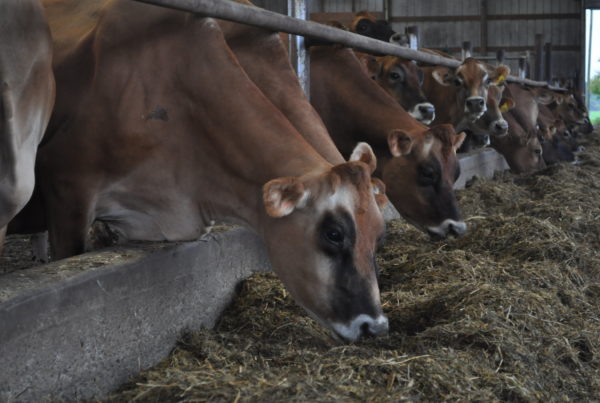There are several communities in Texas with large prison populations. And the people in those prisons are counted as residents of that area when Texas lawmakers draw political boundaries.
But some, including those at the Prison Policy Initiative, argue that should change so that prisoners are counted as residents of their hometown, not in the town where they’re locked up. That matters now especially because Texas lawmakers are set to reconvene at the Capitol for a special legislative session focused on redistricting, now that census data is available.
Aleks Kajstura is legal director for the Prison Policy Initiative. She told Texas Standard that so-called prison gerrymandering gives disproportionate power to areas in the state where there are prisons. What’s more, checks on that power can be difficult since people in prison aren’t eligible to vote.
Redistricting takes place every 10 years, following the census, to draw new districts that accommodate for population change. While it’s meant to create more even distribution of power and resources, Kajstura argues it can also exacerbate power imbalances. During the last census in 2010, she says new political boundaries created the following districts with large proportions of incarcerated people:
– A district in Lockhart comprises 35.1% incarcerated people.
– A district in Marlin comprises 54.9% incarcerated people.
Kajstura says a more extreme example comes from Anamosa, Iowa, where one city council district had just 58 people besides the prison population, and those people had outsized power compared to voters in other districts.
Kajstura believes prisoners should be counted when it comes to redistricting, but lawmakers should be mindful about how to count them. She reccomends two things:
– Rethink how we use census data: Kajstura says it doesn’t make sense to count incarcerated people as residents of the prisons where they’re locked up. Instead, they should be counted in the communities where they’re from – “where they have ties to the community, where they have representation,” she said.
– Combine census data with state and local prison data to determine prisoners’ place of residence: “A lot of states are taking the home address data that they have from their department of corrections,” Kajstura said, “[then] mapping that out, overlaying it with the census data to count everybody back at home.”
She says that will help with drawing political boundaries in a more “equitable way.”
“The thing about prison gerrymandering is it underlies all the other forms of gerrymandering because with prison gerrymandering, you’re actually skewing the underlying data,” she said.
















